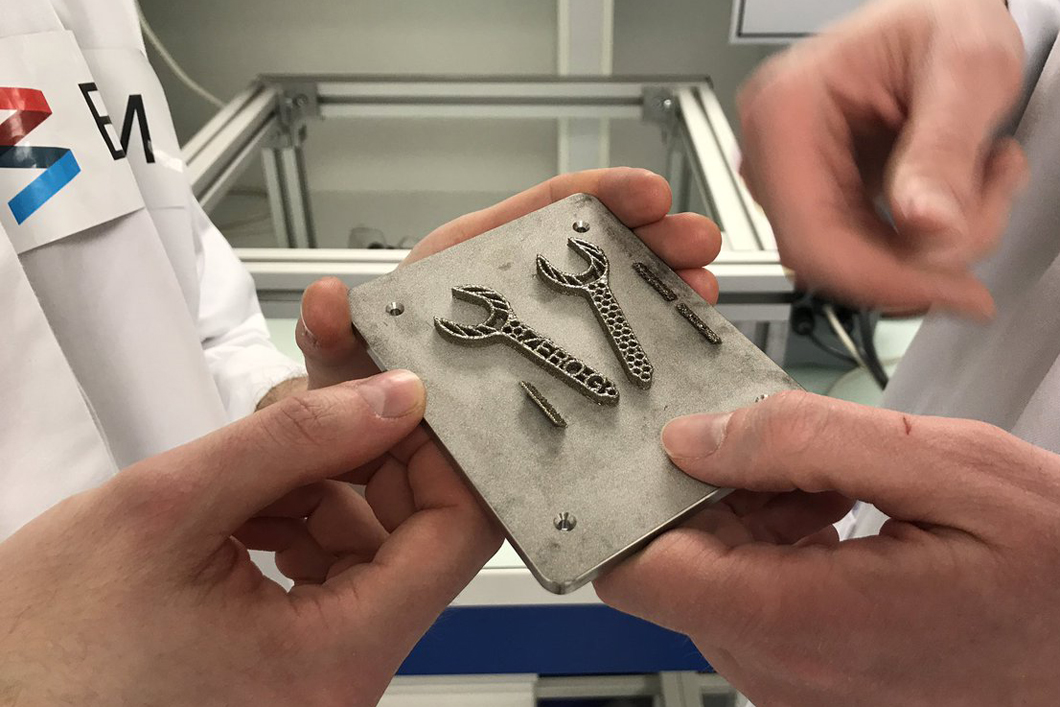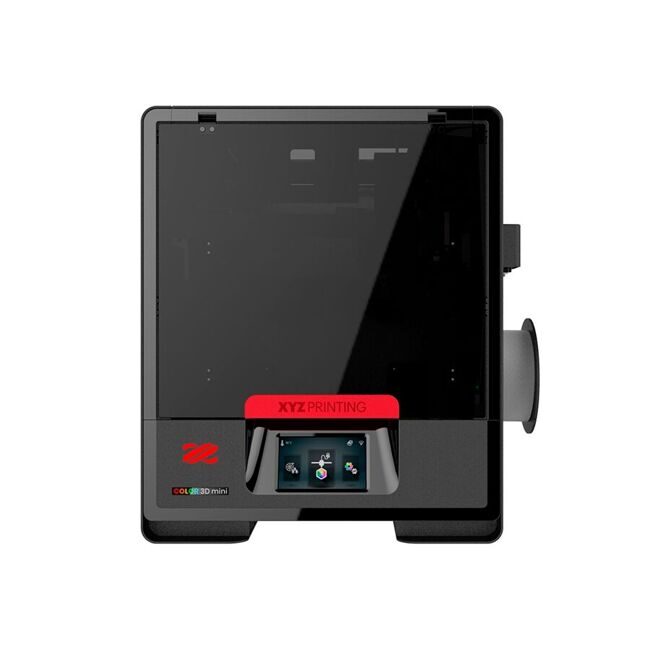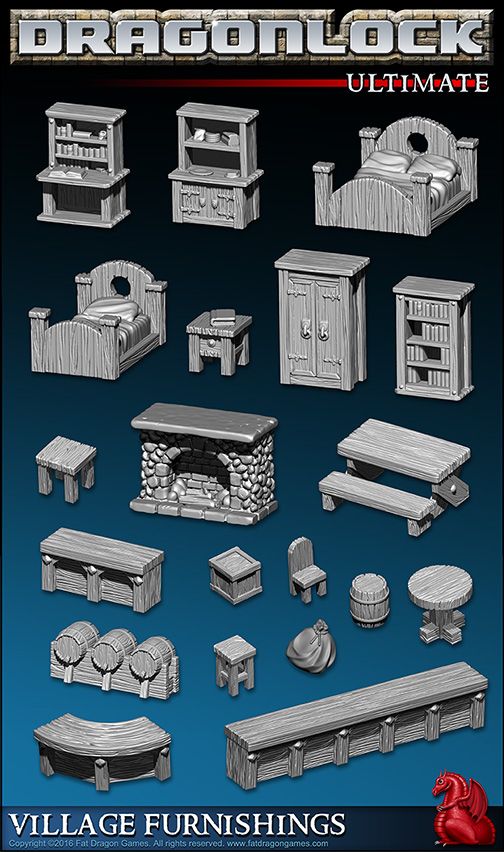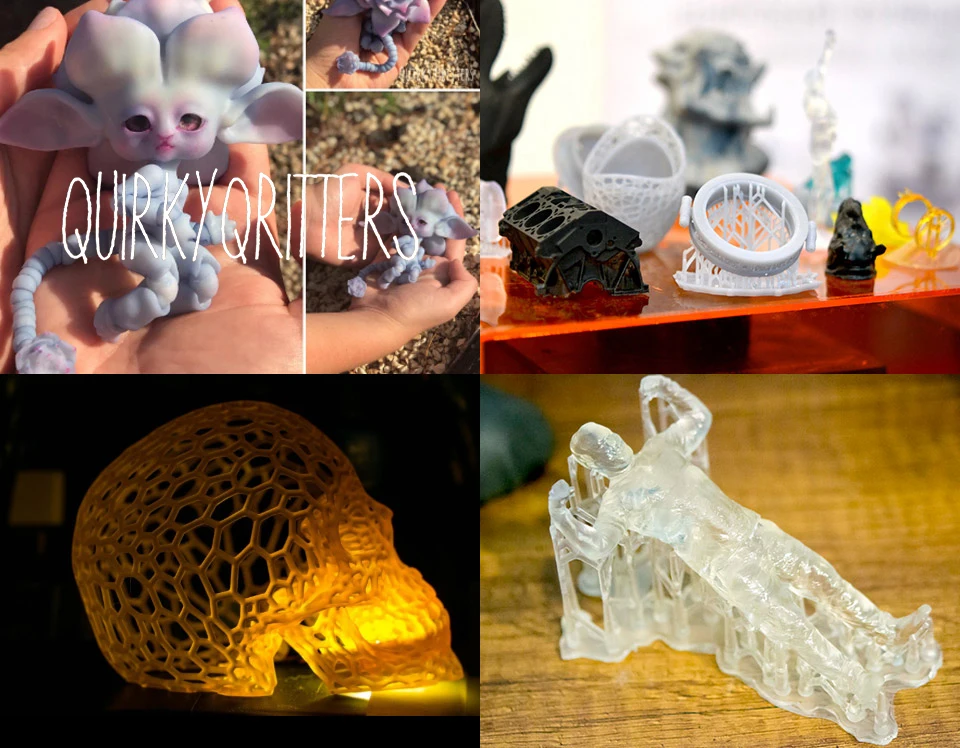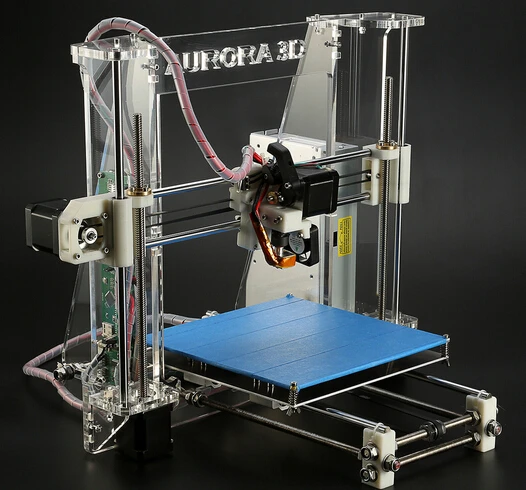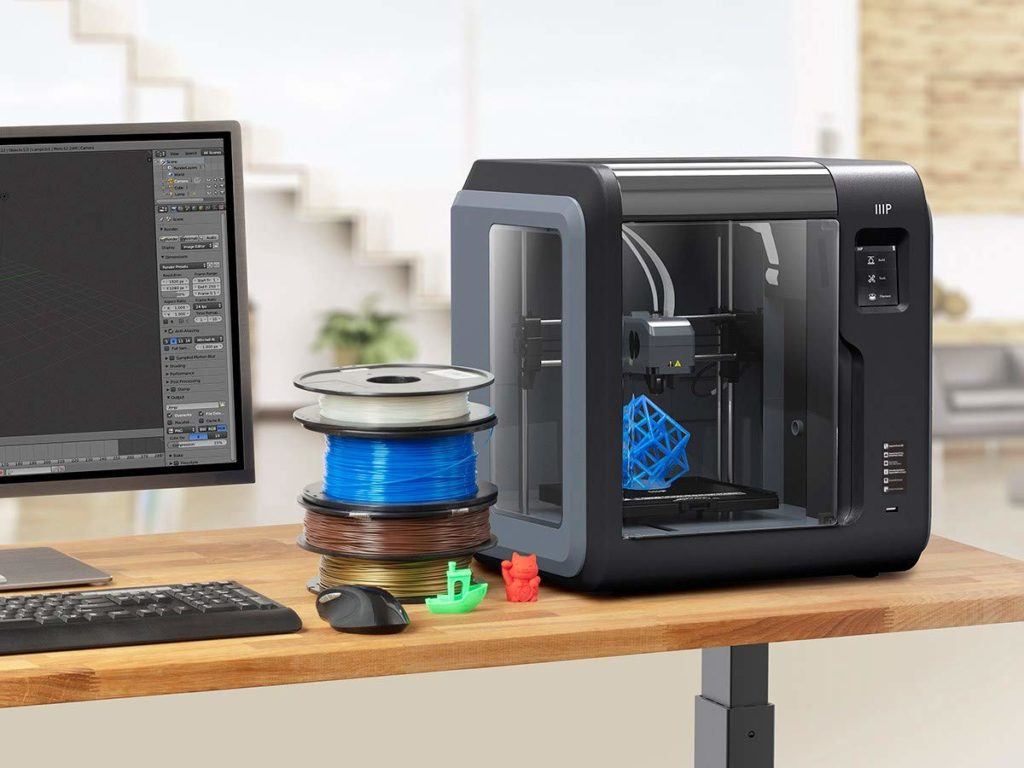Zero gravity 3d printer
An experiment in 3D printing in zero gravity
A number of researchers are exploring the use of 3D printing/additive manufacturing in space applications. One experiment is testing the possibility of using 3D printing to make spacecraft components directly in orbit. The Additive Manufacturing In Space (AIMIS-FYT) team at Munich University of Applied Sciences is developing and researching an additive manufacturing process in which the production of structures takes place in zero gravity. The benefit here is that elements produced this way for space travel do not have to meet the high launch requirements. The process is being researched on parabolic flights in zero gravity – supported by a uEye CP industrial camera from IDS.
For this additive manufacturing process, the AIMIS-FYT team developed a 3D printer with an extruder that dispenses a liquid photopolymer.
“Our 3D printing process can directly print three-dimensional structures in space using a UV-curing adhesive or potting compound,” says Torben Schaefer, press officer of the AIMIS-FYT team.
Rather than create components layer by layer, the team created a 3D printer that builds parts directly using the three-dimensional movement of the print head. UV light cures the resin that is freely extruded into space in zero gravity, hardening the material in a short time.
In combination with weightlessness, this process enables manufacturing without shape restrictions that normally exist due to gravity on Earth. Typical shape limitations are, for example, long overhangs that are not possible on earth or that can only be manufactured with elaborate support structures. In zero gravity, it is even possible to create components without a fixed anchor point, such as a pressure plate.
Successful 3D printing of a “diagonal rod” in weightlessnessThis production process enables a variety of designs, such as printed structures for solar panels or antennas. For example, the production of mirrors for parabolic antennas or the manufacture of truss structures for the mounting of solar generators is possible. Those who develop small and micro-satellites or even entire satellite constellations can make them in orbit, rather than on Earth, reducing unit and launch costs for transporting their systems into orbit. Building satellites in space also enables developers to take more fuel on board, extending the useful life.
Those who develop small and micro-satellites or even entire satellite constellations can make them in orbit, rather than on Earth, reducing unit and launch costs for transporting their systems into orbit. Building satellites in space also enables developers to take more fuel on board, extending the useful life.
“For satellites, the fuel is usually the limiting factor; at present, it usually lasts for around 15 years,” explains Torben Schaefer.
The resin is cured by UV radiationOne of the first tests was the printing of straight rods, connections of rods and the creation of free-form rods. In one case, a conventional printing plate was used as the starting point for printing; in another case, the behavior of printing, free-floating rods were investigated.
The four basic operations of 3D printingThe 3D printing process
The main parameters of the printing process are the extrusion speed of the resin, the UV light intensity, the UV light time and the trajectory– or the movement path of the printer.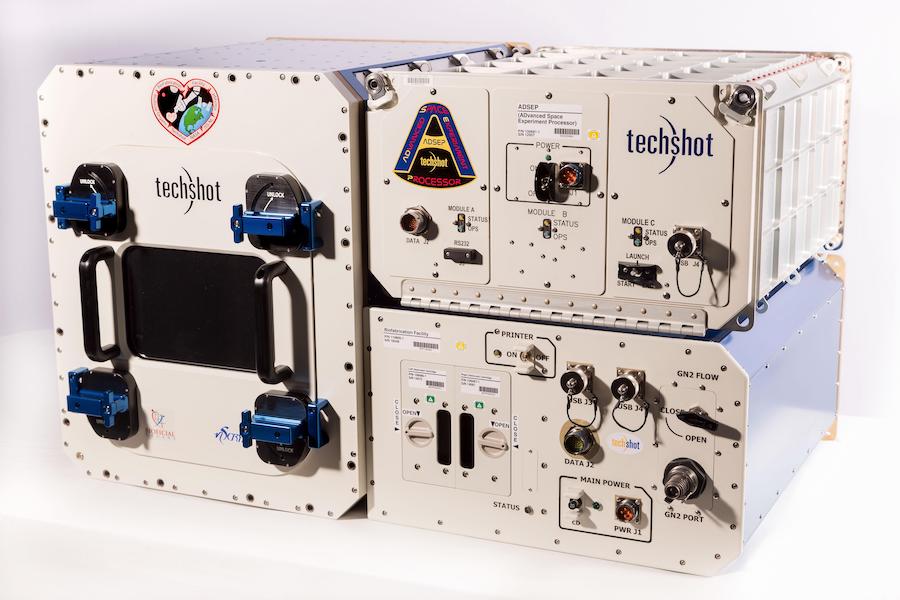
“In our printing process, precise, pressure-stable and constant delivery of the medium is important. At the same time, the parameters should be kept constant during the entire process,” says Torben Schaefer. The USB 3 camera sponsored by IDS keeps a close eye on the process: It watches the nozzle of the printer in close-up and always moves relative to it. This way, the camera follows the nozzle with every movement. The image is cropped in such a way that the formation of the rods is captured around 4.5 cm below the nozzle.
A finished truss structure in zero gravity – detail shot from the IDS camera“The IDS camera provides important results for the discharge of the resin and its curing. The UV LEDs produce a strong overexposure, which means that difficult lighting conditions exist. These are no problems for the U3-3260CP from the IDS portfolio: with the cost-effective 2.30 MPixel Sony sensor IMX249 (1920 x 1200 px). It makes the global shutter CMOS sensor with its 5.86 µm pixels predestined for applications like these, which are supposed to deliver a perfect result even in difficult lighting conditions – in this case, strong brightness due to overexposure.
To further analyze the exit behavior from the nozzle in zero gravity, the process is carried out at a slower speed. The contour of the rod must be precisely captured.
“For this, the high frame rate and resolution of the camera are crucial for a high-quality evaluation,” says Torben Schaefer from the AIMIS team. With a frame rate of 47.0 fps, the IDS camera ensures good image quality with minimal noise – perfect conditions for its task in space.
In addition, the camera was easy to install.
“We were able to seamlessly integrate the camera into our C++-based monitoring system with the help of the IDS SDK,” says Torben Schäfer. According to him, this is where all the data from the sensors converge and provide a comprehensive overview of the current status of the printer and the individual print parameters.
“We can start and stop the recording of the IDS camera and all other measurements with one click. Since there are only twenty seconds of zero gravity on a parabolic flight and there is a break of around one and a half minutes between two parabolas, we only save the most important information by starting and stopping measurements and recordings in a targeted manner.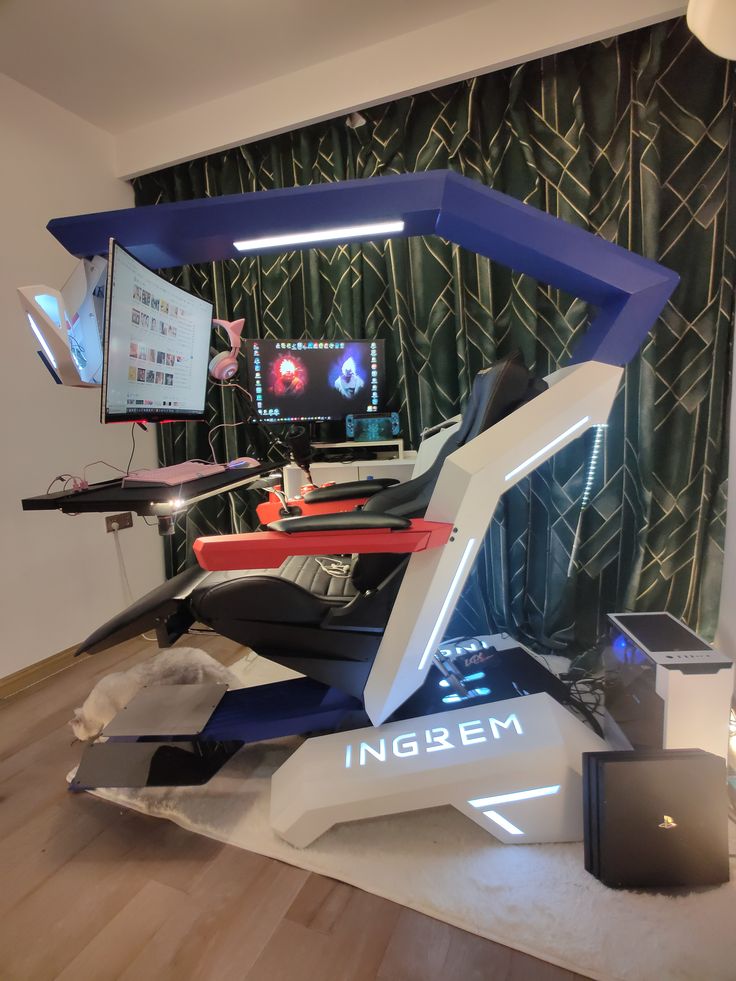 ” In addition, a live image of the printing process is displayed on the monitor with the help of the IDS software. “This live feed makes it easier for us to set up and quickly analyze the printhead.”
” In addition, a live image of the printing process is displayed on the monitor with the help of the IDS software. “This live feed makes it easier for us to set up and quickly analyze the printhead.”
Outlook
The findings from the experiments will be used to further optimize the printing process of the four basic 3D printing operations (straight bar, straight bar with start/stop points, free-form bar as well as connections between bars) and to prove the primary function of additive manufacturing in zero gravity. The aim is to test the technology in space, as it offers the chance to drastically reduce the cost of components in space technology.
“With the AIMIS-FYT project, we have the opportunity to actively shape the future of space travel,” says Michael Kringer, project manager of the AIMIS-FYT team. The powerful little IDS camera has successfully recommended itself for future missions – on Earth and in space.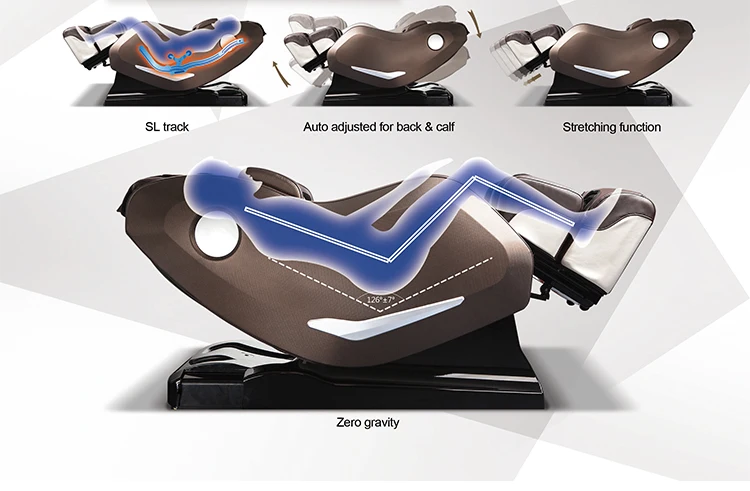
IDS Imaging Development Systems GmbH
en.ids-imaging.com
The Story of the World’s First Zero Gravity Printer
In 2014, Made In Space, Inc. (MIS), with NASA, changed the world by manufacturing the first object in space with the 3D Printing in Zero-G Experiment (3DP). This first print signaled new possibilities for manufacturing objects in space. It changed what was considered possible and was a gateway for further innovation that will enable humans to sustainably live and work in space beyond low Earth orbit.
The story of 3DP is a story of firsts. MIS was first to print a part in space; the first to uplink a part for printing to space; and the first to have a permanent commercial 3D printer facility, the Additive Manufacturing Facility (AMF), aboard the International Space Station (ISS).
The success of 3DP highlights the “failure-is-not-an-option” philosophy and unfaltering work ethic that drives MIS innovation today. Current MIS projects and game changing technology, like Archinaut and advances in space-enabled manufacturing capabilities, all started with 3DP. This story also proves that you can achieve so much with humble means as long as you have the passion and drive to work tirelessly to meet your goals.
This story also proves that you can achieve so much with humble means as long as you have the passion and drive to work tirelessly to meet your goals.
Humble Beginnings
The road to the first 3D printed part in space began, quite literally, on the road. Mike Snyder, the Principal Investigator of the 3D printing project and MIS’s Director of Research and Development at the time, packed up his sedan after finishing his master’s degree in Ohio and drove to California to devote himself to enabling human’s space exploration and travel.
MIS started with humble beginnings and the goal of being the first to 3D print usable parts in space. It was a small company with limited facilities. The company’s first office was under the supersonic wind tunnel at Ames Research Center in Mountain View, California.
At NASA Ames, a very small team worked to develop the AMF that would later be flown on the ISS. The core team of four people worked within one small room for 14 to 16 hours per day. The work being done there was the foundation that future development phases of this technology would be based upon.
The work being done there was the foundation that future development phases of this technology would be based upon.
Failure is Not an Option
Despite having limited resources, failure was not an option for the team on their journey to 3D printing in space. The team focused on success through preparation and technical excellence. Because of this attitude, they attacked each step of development with precision and passion.
The team didn’t just wish for success, they planned for it by reducing as much risk to the project as possible. To do this, they planned for several points of failure to ensure success. When they implemented the print unit, they didn’t just make one: they made three.
The first unit was the unit that would fly on the ISS. The second unit was a backup flight unit they would have on hand in the event something went wrong with the flight unit. Lastly, they had a third unit that would be used on the ground as a tool for troubleshooting any issue the flight unit experienced after launch.
This was also a learning process; the team was constantly adapting based on near failures and successes in order to accomplish a feat that had never been done before. One of the near failures was a supplier delivering inferior materials at a pivotal time in the project. This near failure has informed a risk that they accept and try to mitigate on every project since.
And it didn’t stop there. When they packed up the first unit to go to space, they made sure the payload arrived at its destination securely and safely. As a team, they loaded up an RV and drove the unit from California to Alabama. Driving the unit to Alabama ensured it would be undamaged, removing a risk from the equation. Mitigating these types of risks played a big role in the company’s future successes in space.
The First Part Ever Printed
The first part ever printed was a part needed for the 3D printer itself. It was an electronics protector piece that protected the extruder on the unit.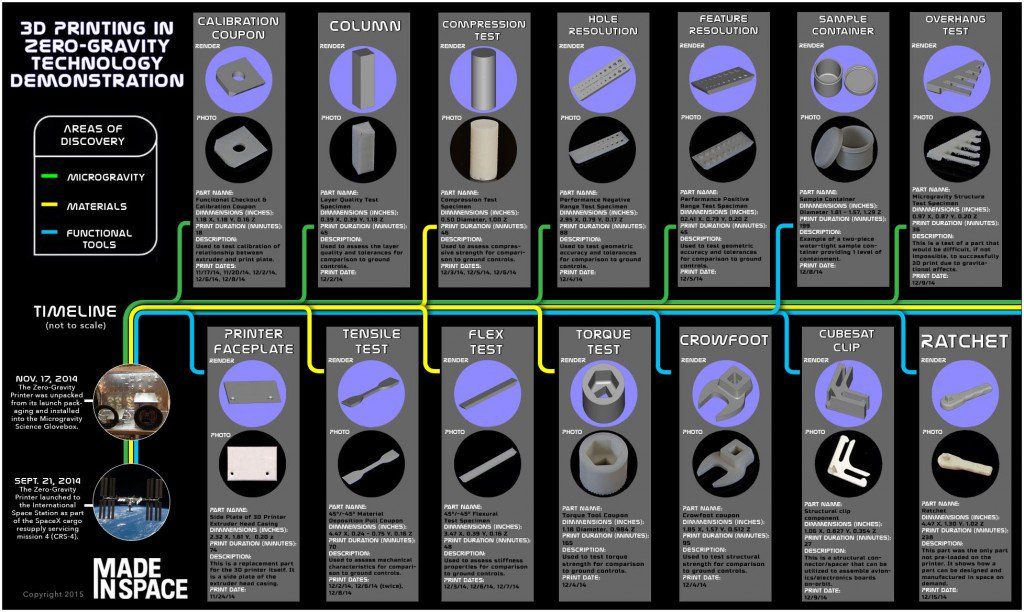 The printing of this part was an exciting and momentous occasion. MIS and the flight crew aboard the ISS were both excited to see this become a reality.
The printing of this part was an exciting and momentous occasion. MIS and the flight crew aboard the ISS were both excited to see this become a reality.
However, the print was not without drama. The printer was not responding. MIS used the ground unit to troubleshoot the issue. It turned out that a necessary driver was removed from the system. After putting the driver back where it belonged, they were off to make history, marking a major accomplishment for MIS and a milestone in space history.
The team also took advantage of the opportunities they had to the fullest. They had a window to print parts on the ISS and, during that time, they used every moment available to test printing as much as possible. When they had met the objectives of the ISS experiment, they continued to print to gather additional data about the printing process in space to inform design choices for their future projects.The team was always thinking of the future and never resting on the status quo. Taking advantage of these opportunities has enabled them to develop new technology, with knowledge and deliberate intention ensuring success.
Providing Immediate Value
The success of printing in space enabled MIS to provide immediate value to the crew living in space aboard the ISS. One of the crew members had lost his wrench. When MIS found out he needed this tool, they immediately worked to change the last part that was going to be printed during the mission. They designed the print and then worked with NASA to ensure safety and follow necessary protocols. This wrench was the first 3D printed part uplinked from Earth to space. It filled an immediate need for a crew member and demonstrated the importance in-space manufacturing would have in future endeavors.
MIS also utilized the 3D Print ground unit to do print tests at sea. They went aboard the USS America to test printing off of solid land to see how the printer would perform. While aboard, they printed some pieces for the ship that were needed. They were able to provide immediate value while looking forward in the advancement of what MIS’s 3D printing technologies can accomplish in the future.
The Future
The success of 3DP was the start of MIS’s impressive technological journey and was the foundation for the revolutionary technology MIS continues to develop today. Progress in space-enabled manufacturing and the creation of space-enabled materials like Zblan optical fiber, and developments in exploration manufacturing which will enable humans to travel and live in space farther and longer than ever before, are all possible because of 3DP’s success.
From the beginning, the MIS team has consistently looked for ways to make life changing, immediate impacts not only for life in space, but for life here on Earth. The first 10 years of Made In Space have been filled with successes and major achievements. They have been built on the principles of hard work and dedication, but also a foundation of ever evolving maintaining a fast development pace with a “no failure” attitude. It’s these values that will carry the company into the next 10 years of innovation.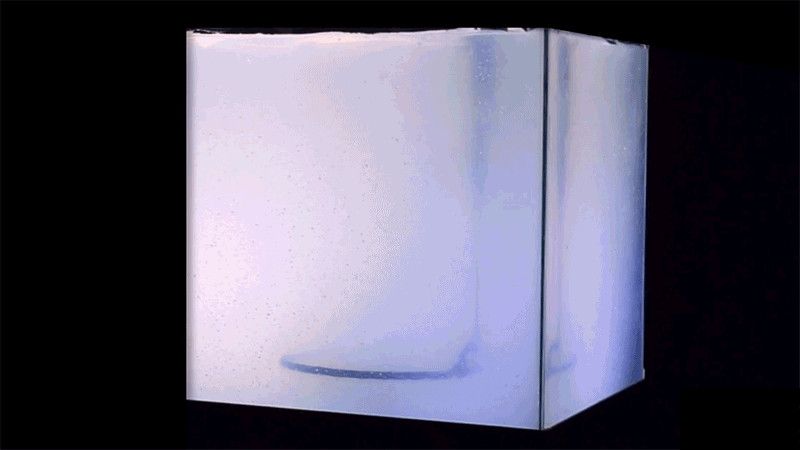
The clips featured above are of Michael Snyder, Chief Technology Officer of Redwire, speaking at the 5th Anniversary of 3DP – “Building the Future in Space: A Conversation About the World’s First Zero Gravity Printer.” Check out the full presentation at https://youtu.be/2Pw9zlw_FHE
Letterpress. A zero gravity 3D printer has been created - Poisk
Engineers of Tomsk Polytechnic University (TPU) have completed the development of the first Russian 3D printer for printing in zero gravity. The work was carried out by order of the Rocket and Space Corporation "Energia" them. S.P. Korolev” (RSC Energia is part of the state corporation “Roscosmos”) together with specialists from the corporation and Tomsk State University (TSU).
Two pilot printers delivered to customer. According to Roscosmos, one of them will be sent to the International Space Station (ISS) in June 2022. With its help, Russian cosmonauts will be able to make the parts necessary to work with the station equipment.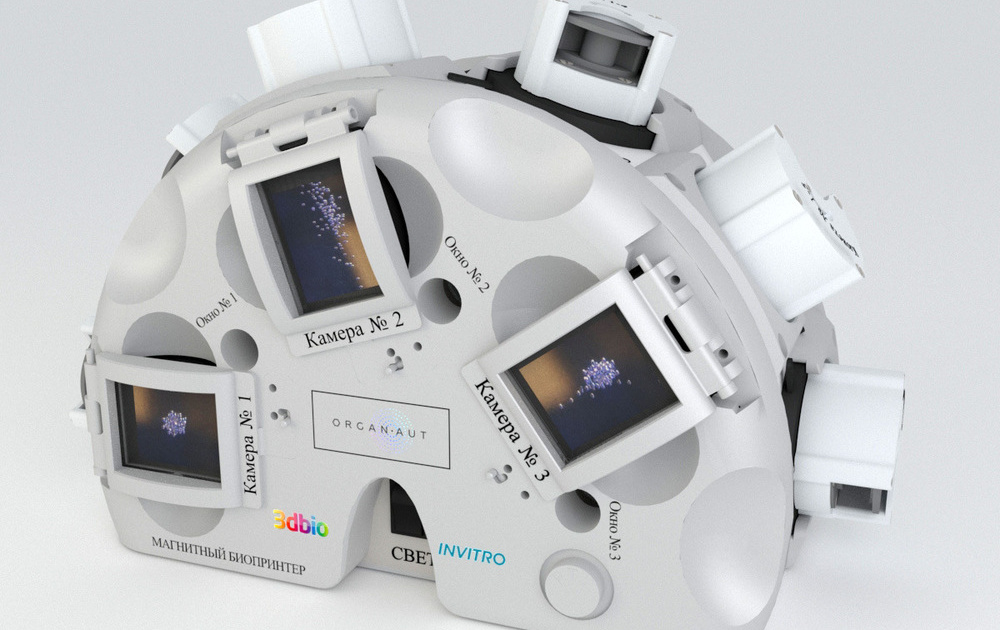 The second sample will remain on Earth. nine0003
The second sample will remain on Earth. nine0003
The development of the printer with all the necessary steps took just over three years. The specialists of the Tomsk Polytechnic University were faced with the task of making an apparatus that would allow them to quickly and directly at the station create the small parts needed by astronauts so that they would not have to be delivered from Earth.
The main scientific and engineering challenge was that 3D printing in zero gravity is different from terrestrial conditions. When printing on Earth, gravity makes a significant contribution to the “gluing” of layers during the layer-by-layer formation of a part. The lack of gravity requires changes in both technology and printer design. nine0003
The engineers of the Tomsk Polytechnic University had the entire design of the printer, the electronic “stuffing” was developed by the scientists of the Tomsk State University. A complex of tests of a prototype printer was carried out by specialists from the Polyus Research and Production Center.
A 3D printer is about the size of a small analog TV. This is a block-modular design, all components of which are assembled in one housing.
According to a given 3D model, the printer prints the desired object in layers from a polymer material - polylactic acid, this is one of the most common polymers. Parts made in this way are very strong, but at the same time light. nine0003
“Behind this work is the work of a large team of researchers and engineers from Tomsk Polytechnic University. It was not a trivial task to create a reliable, lightweight device that works in conditions very different from those on earth,” says I. about. TPU Rector Dmitry Sednev.
“The software developed by TSU scientists and engineers for the first Russian space 3D printer will allow participants in space expeditions to reach a new level of performing tasks in space using additive technologies,” said TSU Rector Eduard Galazhinsky. nine0003
The working chamber of the printer, in which the printing process takes place, is completely sealed.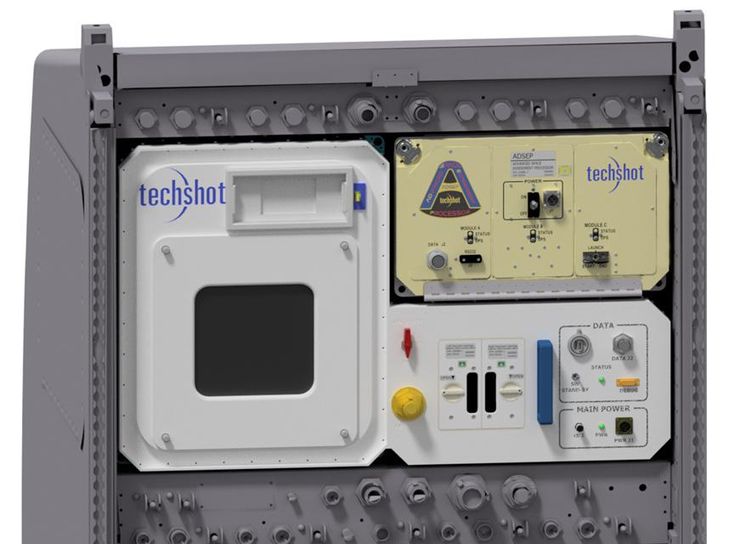 It is equipped with systems of thermal control, ventilation, circulation and air purification. This is important for removing the products of thermal decomposition of plastic from the atmosphere of the working chamber and ensuring the safety of the station crew. In conventional printers, such elements are not provided.
It is equipped with systems of thermal control, ventilation, circulation and air purification. This is important for removing the products of thermal decomposition of plastic from the atmosphere of the working chamber and ensuring the safety of the station crew. In conventional printers, such elements are not provided.
“The participation of Tomsk polytechnics in the project will not end with the development itself. In the future, we plan to participate in the training of astronauts in 3D printing, how to work with the device. And when the experiment takes place directly on board the ISS, it is planned that the polytechnics will participate in the processing of the results,” Dmitry Sednev notes. nine0003
Tomsk Polytechnic University Press Service
A 3D printer for printing products in zero gravity is being created in Samara
The development should help make the astronauts' menu more diverse and individual.
Alexander Ponomarev
Roskosmos
Samara can become the birthplace of a "space cook" based on a 3D food printer
Samara National Research University named after S. P. Koroleva began work on an installation capable of creating food under weightless conditions using 3D printing technologies. It is expected that the new development will be in demand in space, allowing you to make a varied and personalized menu for participants in long-term space flights. nine0003
P. Koroleva began work on an installation capable of creating food under weightless conditions using 3D printing technologies. It is expected that the new development will be in demand in space, allowing you to make a varied and personalized menu for participants in long-term space flights. nine0003
“As part of the project, an automatic 3D food printer will be created that will be able to independently prepare various dishes in zero gravity according to recipes pre-set in it. Our development will significantly diversify and personalize the menu of astronauts, which is especially important during long-term space expeditions.
3D food printing technologies have great prospects not only in space applications. A significant reduction in manual labor with a high accuracy of following the recipe makes the developed device very promising for its use in the food industry, in cafes, restaurants, and also at home. The dimensions of the device in a simple household version are planned to be standard for built-in kitchen appliances, for example, an electric oven. nine0003
nine0003
The main vacant niche at present is 3D printers with multi-component printing and automatic supply of ingredients from a storage system. Thus, the creation of a multifunctional and fully automatic device can be a significant commercial success. We have already developed a preliminary design of the device. By the end of this year, it is expected that a prototype will be manufactured and tested, and a prototype will be made next year,” explained the scientific director of the Analytical Instruments and Systems Research Laboratory of the Samara University. Koroleva, candidate of technical sciences Sergey Borminsky. nine0003
Existing freeze-dried products are reminiscent of instant soups and cereals - in space, to prepare meals, it is enough to add hot water to the preparations delivered from Earth. Tubes now contain only various seasonings, mustard, ketchup, liquid salt and pepper, and astronauts also eat canned food.
Developers from Samara are planning to create a multi-extruder 3D printer that will be able to automatically mix components in specified proportions, regulate the temperature of the supplied food mixture, clean vegetables and fruits and chop solid foods with their supply to a common dish in a given place, and will also receive a refrigeration compartment for food storage and a system for automatic movement of ingredients.